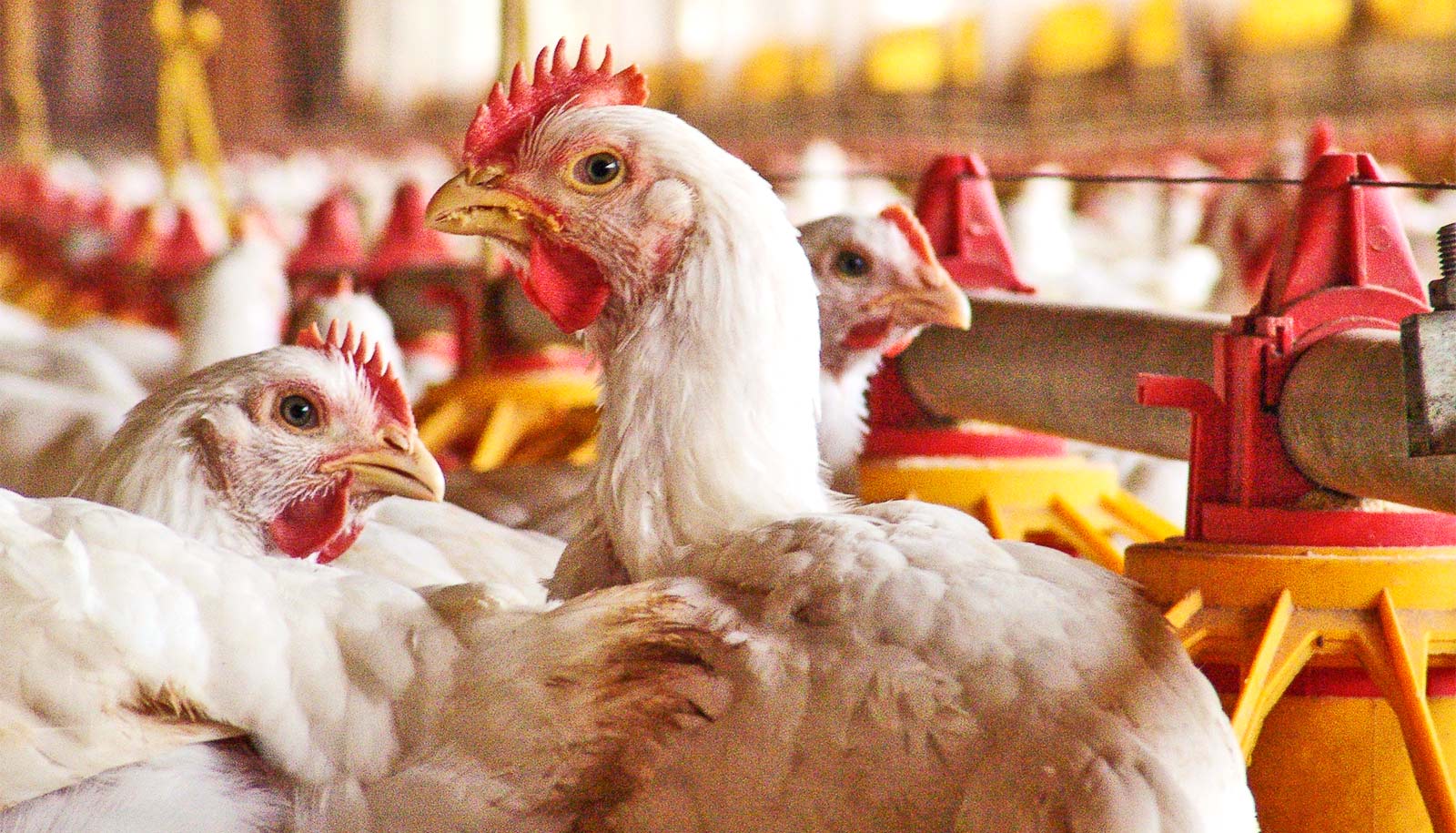A prototype mobile device shows promise for monitoring dehydration in children.
Two identical blue cuffs attach to a child’s hand and foot, each with two embedded electrodes connected by a cable. Through the electrodes, a weak electrical current goes into the body and the resistance is calculated.
Walter Karlen, professor at ETH Zurich, and his team of researchers have developed the inexpensive mobile device that could be used by laypeople to more effectively treat dehydration.
“We were looking for a solution that could objectively measure dehydration over longer periods of time.”
After pneumonia, diarrhea and the associated dehydration of the body are the second most frequent cause of death among children under five years old—more fatal than malaria, HIV, or tuberculosis. In 2013, 1.3 million people died of dehydration, mostly children in impoverished regions, where poor hygiene and contaminated water make diarrheal infections commonplace.
“Many of these fatalities could be avoided by proper prevention and early treatment,” says Karlen, who works as part of ETH Zurich’s Mobile Health Systems Laboratory.
Karlen lived in South Africa for two years and carried out research at Stellenbosch University near Cape Town. He is familiar with the conditions that plague rural Africa, where the closest clinic with trained doctors is often hundreds of kilometers away and resources at village health centers are scant. Circumstances are the worst in the summer months, when conditions are ideal for the multiplication of bacteria and viruses, and the heat accelerates dehydration .
“If a doctor suspects a child is suffering from dehydration, they will check the moisture of the child’s eyes and the elasticity of their skin with purely visual methods. They also examine the inside of the child’s mouth to determine if the mucous membranes are dry,” says Karlen. However, this is a subjective procedure that requires a lot of experience.
“We were looking for a solution that could objectively measure dehydration over longer periods of time.” The result is AMBICA (Accurate Model for Bio-Composition Analysis)—a system for measuring hydration in young children.
This bioelectrical impedance analysis can be used to draw conclusions about the concentration of water in the body. A red or green LED array on the wrist indicates whether hydration is increasing or decreasing and an alarm sounds when the situation is critical—for example, when an infusion is required.
“Monitoring takes place in real time and eliminates the need for the presence of medical professionals,” explains Karlen. This would allow laypeople such as parents or relatives to track the success of rehydration therapy. “This relieves the strain on medical personnel at stations, while increasing the chance of survival for dehydrated children.”
$103 and mostly reusable
AMBICA is tailored to conditions in developing countries and is intuitive to use. The cuffs are made of a light EVA plastic used in orthopedic applications, which could potentially be finished locally.
By 2035: Keep pneumonia and diarrhea from killing kids
While the contacts of the electrodes need to be replaced after each use for hygienic reasons, the cable and cuffs are reusable. This is a crucial development, since cables in medical applications often have to be replaced, despite usually being one of the most expensive components in a measuring device. Karlen believes that AMBICA could be mass-produced for less than 100 Swiss francs ($103 USD).
“The small sensors in the wristbands are fairly intelligent,” says Karlen. “They could be connected to an internet of things.” This would let experts visualize, store, and evaluate the data, which could go to other devices via the sensor.
Big data analyses could then be used to determine exactly when cases of dehydration peak and in which regions—knowledge that would be put towards more effective organization of information and hygiene campaigns. AMBICA could also aid in long-term epidemiological studies.
Who’ll make the device?
AMBICA is still just a prototype. The device exhibited at Zurich University of the Arts (ZHdK) was not yet ready for use, as the team is still looking for a sensor of the right size—the cuffs were tested using a larger, external sensor. However, the first field study is set to take place in December. Researchers will test AMBICA over the course of three to four months during the hot summer season in the Western Cape province of South Africa.
But even if the study yields positive results, it will take several years before AMBICA can be used on a wider scale. “It will be very difficult to find a manufacturer for the device, since there isn’t a lucrative market for it yet,” says Karlen.
Families around the world lack soap for washing hands
This is mainly because dehydration is a rare cause of death for young children in developed western countries. But with heat waves becoming more frequent as a result of climate change, a dehydration warning system could also be a lifesaver for elderly, forgetful users in colder climates.
Nevertheless, Karlen only sees this application coming into play after the system has been established in developing countries, where the demand and benefits are the greatest.
He is currently pinning his hopes on large foundations and NGOs, which could play a key role in the funding of development costs through to the production stage as part of their humanitarian commitments. The benefits of this would be twofold: “Ideally, the devices would be produced locally, which would not only save lives, but also create desperately needed jobs.”
Source: Samuel Schlaefli for ETH Zurich



